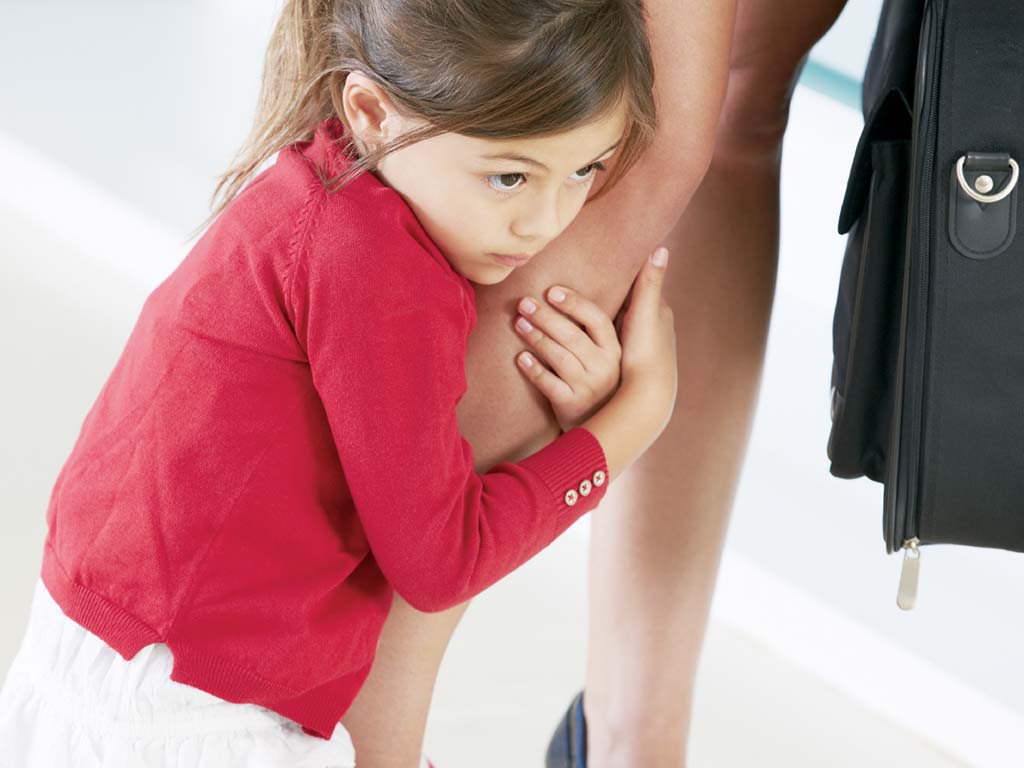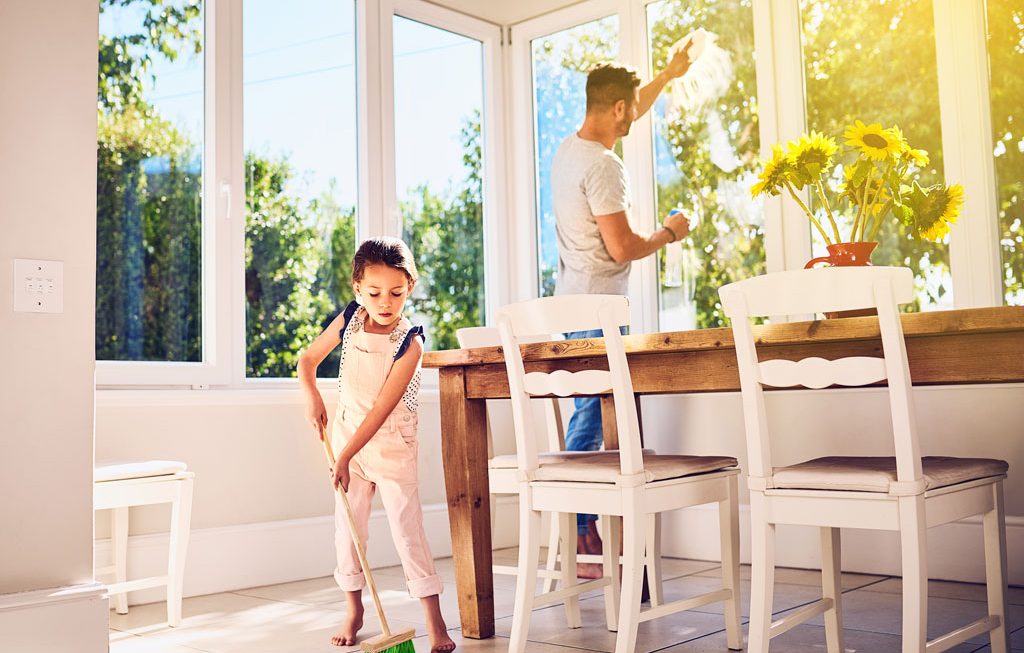by Sara Tiller
Picture this: One day your baby is happy and social. She loves visiting family, and will wave at strangers in the store. Two days later, she is hiding from family friends and crying if you put her down or leave the room.
Sound Familiar?
Most children go through a period of separation anxiety. It can start almost overnight, and can affect even the most social babies. Although separation anxiety usually peaks between ten and eighteen months, it can start earlier. It can also continue through the toddler years.
The American Academy of Pediatrics explains that separation anxiety is a normal developmental phase. It starts when babies realize that objects in their world are unique. Known as “object permanence,” it’s also the beginning of your baby’s first emotional milestone.
When a baby’s one-of-a-kind parents leave her sight, she becomes anxious. She doesn’t know if you’ll return.
Most babies deal with this anxiety by clinging to their parents. When mom or dad leaves, they get upset. Tantrums and trouble sleeping are also common.
Many babies going through separation anxiety also become shy or fearful around strangers. She might not want family or friends to hold her – even if she loved auntie last week.
Although it’s a normal part of growing up, separation anxiety can take a toll on both children and parents. Luckily, there are a few things parents can do to make the process easier.
Cut Down On Separations
One of the easiest tactics for dealing with separation anxiety is waiting it out. Once your baby begins to understand time, he’ll remember that you always come back.
In the meantime, don’t feel bad about taking your baby with you more often. You won’t spoil him! Separation anxiety isn’t caused by you or your parenting style.
Help Your Baby Get Used To Separation
Leaving your baby briefly can help her get over separation anxiety faster. Just make sure you leave in the right way! Over time, she’ll get more confident that you’ll come back.
Step out of the room for a few minutes while she is playing or otherwise distracted. Before you go, tell her that you are leaving and that you will be back in a few minutes. You can also tell her what you’re going to do or where you are going.
Other parents find that it’s more useful to let baby lead these separations. Encourage your baby to crawl or walk into another room without you. You can place favorite toys in another room to tempt her to explore. Because she’s initiating, she’ll feel less anxious without you by her side.
Help Your Baby Spend Time With Others
Your child may already be used to spending time with a babysitter or at a daycare. Make it easier to drop off your baby by sticking to a normal routine. Act confident about leaving your baby, even if you’re worried. Your baby will pick up on your body language.
This can be more challenging if your child isn’t used to leaving mom and dad. In this case, you can enlist a friend or family member to help you. Start by leaving your baby with this person for 15 minutes at a time, working up to an hour or so.
Say Goodbye The Right Way
Once separation anxiety has hit, you might want to sneak out to avoid upsetting your baby. Although this can be tempting, resist the urge. Leaving without saying goodbye can be more stressful for the child. It can also undermine his trust in you, which may prolong this phase.
Instead, make your goodbyes short and sweet. Tell your baby that you’re leaving, and tell him that you’ll return. Use an easy to understand marker, like a nap or snack time, to explain when you’ll be back. Then leave. Dragging out a goodbye can convince your baby that his anxiety is justified.
If goodbyes are difficult, you can ask your sitter to come a few minutes earlier. They can help get your baby involved in a game or meal before you go. If your baby has something else to focus on when you say goodbye, he will be less upset when you leave.
Use Jobs And Explanations To Help Older Children
Many children experience some separation anxiety when they start preschool. Keep other routines consistent to make changes seem less scary.
You can also help toddlers cope by giving them a job before you leave. Choose something concrete and related to your departure. Having them help you find your shoes, or shutting the door behind you are both good choices. Children like repetition, so look for a task that they can do routinely when you leave. This will help them feel more in control.
You can also talk to your preschooler about the new change. Remind them of another time that they felt afraid. Was everything all right then? Remind them that things will also be okay this time.
When Should You Worry?
For most kids, separation anxiety is a normal phase. But sometimes it’s something more serious. Normal anxiety can turn into a separation anxiety disorder for some kids. So how do you know when it’s more than a phase?
Separation anxiety disorder is usually triggered by a stressful event, and lasts at least one month. Kids who experience this type of anxiety usually become extremely attached to one parent. They’ll often shadow this parent, which can take a toll on both child and parent.
Some doctors diagnose separation anxiety disorder when it interferes with age-appropriate development. If your two-year-old can’t let you out of her sight while playing, her anxiety might be interfering. An elementary school child who can’t make it through the school day without seeing his parents is another example of separation anxiety that interferes with normal development.
Kids who have a separation anxiety disorder can experience physical symptoms, too. They might complain of headaches, dizziness, or stomachaches. Many of these symptoms are worst right before the separation.
A doctor can help if you suspect that your child has a separation anxiety disorder. The doctor may refer your child to a therapist or suggest medication to help. Some therapists specialize in play based therapy that can help very young children.
Whether it’s normal separation anxiety or something more serious, this phase can affect both parents and children. It may help to think of separation anxiety as a sign that your baby has truly bonded with you. Remember that your child sees you as safe and comforting, and wants to be with you.





